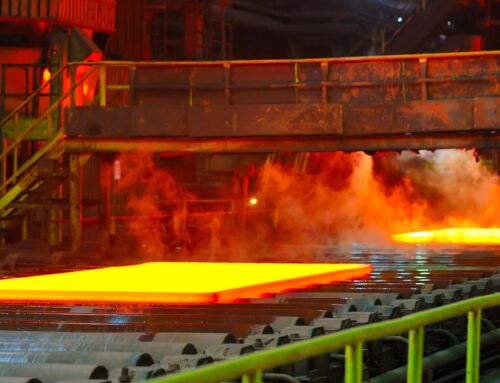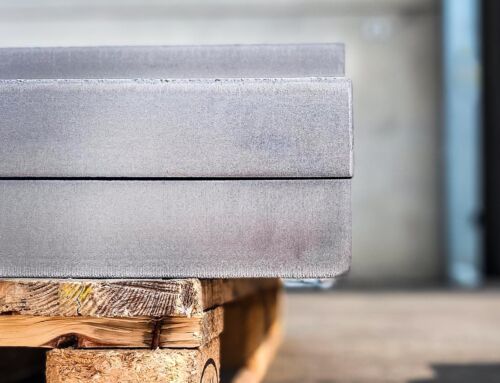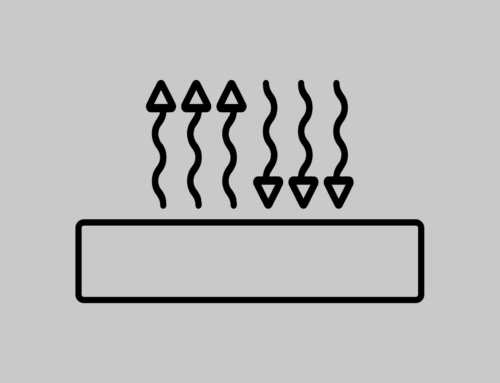Beveling or chamfering is a machining operation that aims to prepare carpentry parts for welding.
Chamfering of profiles for welding
It is needed where optimal or full penetration welding of the parts that are to be subsequently welded is needed. Chamfering can be achieved by a variety of methods, but what we are interested in is flame or plasma cutting chamfering, and it can be performed at the same time as cutting or as an operation immediately following the cutting of the template in question. Since it is a machining operation that does not require very tight tolerances, it can be flame-cast, avoiding mechanical machining, which is obviously more expensive and often unnecessary, thus contributing to the cost containment of the final article.
Sections
The sectional view of the flame-beveled profile is what identifies it and can be V, K, X, Y. The type of section is often defined by the thickness that will be welded.
The facilities
Our implants allow beveling of almost any required profile, the only limitations being dictated by the mechanical characteristics of the implant itself, where for plasma cutting the maximum angle is 45° while for oxyfuel cutting straight but not radiused bevels are possible.
Why bevel of flame?
As anticipated earlier, the main reason is almost always economic. It skips the milling operation, which is notoriously more expensive than hot cutting and in the case of removing a lot of material can be done in one pass, whereas with chip removal it is often necessary to make several passes. Often carpentries are not equipped with machining centers as well and therefore a step through another supplier is necessary; performing flame bevels allows this step to be bypassed as well, shortening production time.







